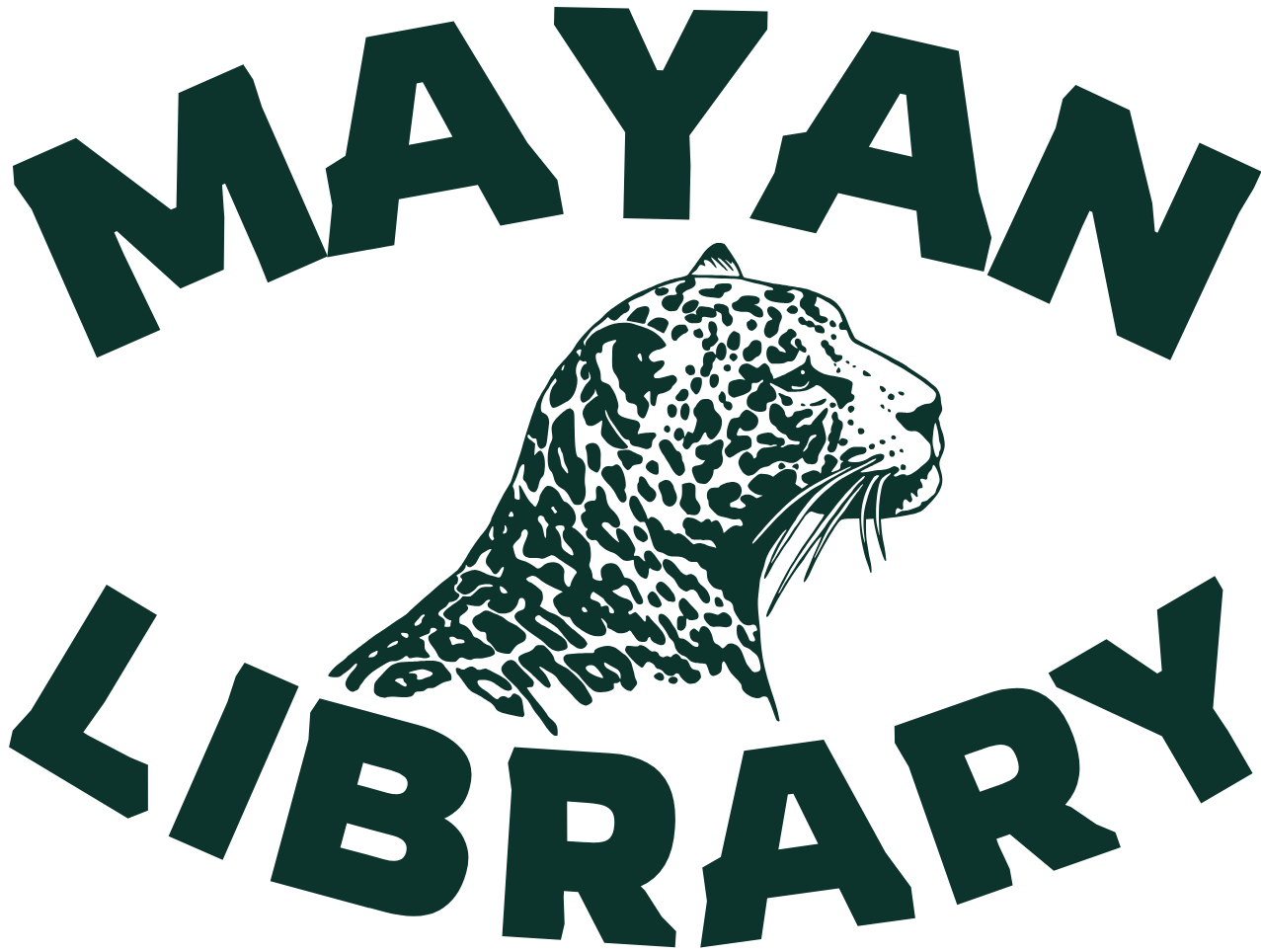Introduction
Within the Tzolkʼin, the 260-day sacred calendar of the Maya, each Nahual embodies a natural, spiritual, and personal archetype. Ok, symbolized by the dog, represents guidance, guardianship, and companionship in transition. Far from being a simple pet, the dog in Maya cosmology was a sacred animal that guided souls through liminal spaces, accompanied the living and the deceased, and served as a symbol of loyalty and protection.
This article provides an exhaustive examination of Ok, its symbolism, influence on human character, role in Maya ritual, and its enduring relevance in contemporary spiritual and social contexts.
Ok in the Maya Calendar System
Ok is the ninth day-sign in the Tzolkʼin cycle, following Muluk (water) and preceding Chuwen (monkey).
- Glyph Representation: The glyph of Ok often depicts a dog’s face or paw, symbolizing loyalty, vigilance, and companionship.
- Numerical Combinations: Ok combines with numbers 1–13 to create specific calendar days (e.g., 7 Ok, 12 Ok), each influencing individual personality, destiny, and ceremonial significance.
Symbolic Meaning of Ok
- Guidance and Guardianship
- Dogs were considered protectors and guides, especially for the soul during transitions between life and death. Ok represents loyalty, vigilance, and protective energy, guiding individuals safely through challenges.
- Companionship in Transition
- In Maya belief, dogs accompany humans and spirits through liminal spaces, providing comfort, safety, and companionship. This includes not only physical journeys but emotional and spiritual transitions.
- Loyalty and Community
- Ok symbolizes faithfulness, social bonds, and cooperation, emphasizing the importance of trust and mutual support within communities.
- Spiritual Intermediary
- Dogs were often viewed as mediators between the human and divine worlds, carrying prayers, guarding sacred sites, and facilitating communication with ancestors or deities.
Ok and Human Personality
People born under the Nahual Ok are often described as:
- Loyal and trustworthy, forming deep, enduring bonds.
- Protective of family, friends, and community, often serving as guardians or caretakers.
- Guides in times of transition, offering support during life changes or spiritual journeys.
- Intuitive and perceptive, capable of sensing hidden threats or opportunities.
Challenges for Ok individuals may include:
- Overprotectiveness, sometimes limiting personal or others’ growth.
- Difficulty adapting to change if it threatens established loyalties.
- Excessive attachment to people or traditions, requiring conscious balance.
Rituals and Ceremonial Role of Ok
In traditional Maya practice, Ok days were auspicious for:
- Rituals invoking protection, particularly for travelers, hunters, or warriors.
- Spiritual guidance ceremonies, asking for clarity and direction during transitions.
- Commemorating loyal companions, including dogs and other guardians of the household or community.
Dogs were also central in funerary rites, believed to guide the deceased safely into the spiritual realm.
Ok in the Cycle of Life
Ok teaches the importance of guidance, loyalty, and companionship in navigating life’s uncertainties. Just as dogs accompany humans through physical and spiritual transitions, the Nahual Ok symbolizes faithful support and vigilance that ensures safe passage through challenges, endings, and beginnings.
Contemporary Relevance of Ok
The principles of Ok remain vital today:
- Guidance and Mentorship: Ok inspires leadership, mentorship, and protective roles in families and communities.
- Emotional Support: Ok embodies empathy, loyalty, and companionship, reinforcing social cohesion and mental well-being.
- Spiritual Connection: The Nahual continues to influence ceremonies, meditation, and practices honoring loyal animal guides and ancestral connections.
Conclusion
The Maya Nahual Ok, symbolized by the dog, embodies guidance, guardianship, and companionship in transition. It represents the protective, loyal, and guiding forces that navigate humans through challenges, life changes, and spiritual journeys. By honoring Ok, individuals are reminded of the power of loyalty, the importance of guidance, and the sacredness of faithful companionship.
References (APA Style)
Aveni, A. F. (2001). Skywatchers: A Revised and Updated Version of Skywatchers of Ancient Mexico. University of Texas Press.
Christenson, A. J. (2007). Popol Vuh: Sacred Book of the Quiché Maya People. Mesoweb Publications.
Coe, M. D., & Houston, S. (2015). The Maya (9th ed.). Thames & Hudson.
Looper, M. G. (2009). To Be Like Gods: Dance in Ancient Maya Civilization. University of Texas Press.
Tedlock, B. (1982). Time and the Highland Maya. University of New Mexico Press.
Schele, L., & Mathews, P. (1998). The Code of Kings: The Language of Seven Sacred Maya Temples and Tombs. Scribner.

Leave a Reply